Many readers will probably not know the American Legion of Merit was awarded to a Farnham man by Harry S Truman, the citation being dated January 29, 1946.
When the Bourne Conservation Group took over management of the Old Churchyard in Vicarage Hill on behalf of St Thomas-on-The Bourne Church, the group decided to research the history of the area, reflected in the 700 or so marked and unmarked graves in the churchyard.
One of these, beside the path that runs across the southern end of the churchyard, is the grave of Major General Eric Paytherus Nares CBE, MC (1892 to 1947).
Thanks to careful research by the late Wendy Maddox, we know that Eric Nares was the youngest of Ramsay and Jeanette Nares’ three sons; the others being Llewellyn Ives (born 1889) and Owen Ives (born 1890), who is reported in the London Gazette of February 9, 1915 as a Second Lieutenant with 4th Battalion The East Surrey Regiment.
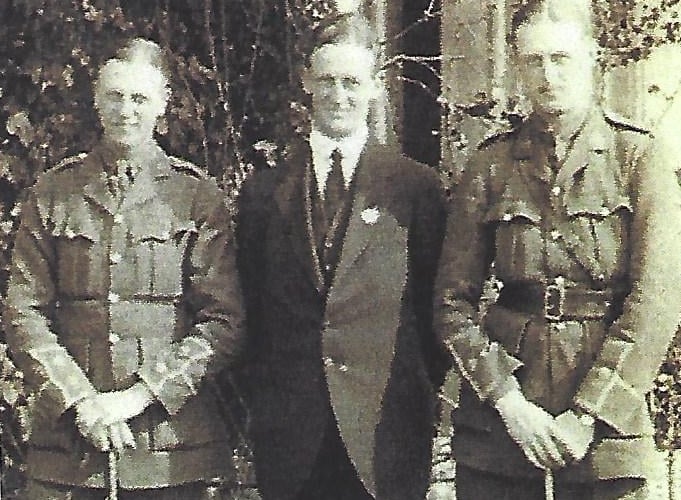
Ramsay, whose father was Rector of Letterstone in Pembroke, was born in 1861, became a solicitor and in 1888 married Jeanette ‘Minnie’ Plumb, a descendant of Thomas Yale who emigrated from Wrexham to America in 1637.
Thomas’ nephew founded the Ivy League University of Yale. Ramsay left the legal profession on his marriage to Jeanette and the couple spent their early married life in Egham, moving to Farnham on his retirement in 1929.
Wendy’s research shows the chairman of Surrey County Council approached Ramsay to organise elementary education in anticipation of the 1902 Education Act, the controversial Balfour Act. This abolished school boards and placed all elementary schools in the hands of Local Education Authorities under the control of County and County Borough Councils.
Shortly after he was appointed Secretary to the Surrey Education Committee, and in 1909 vice clerk of Surrey County Council, in which post he apparently prevented the then-London County Council from establishing water rights in relation to large areas of Surrey – water in Surrey belonged to the people of Surrey.
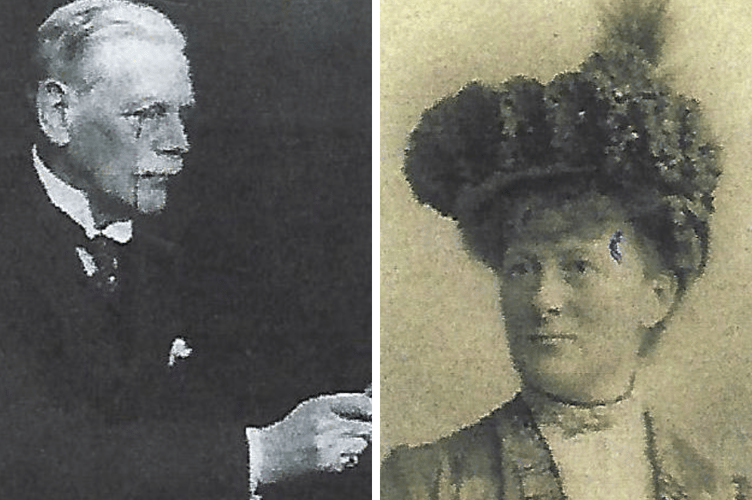
Eric attended Marlborough and then Sandhurst, before serving as a career soldier with the Cheshire Regiment, seeing distinguished action in both world wars with tours of duty in India, the Middle East, North Africa, France and Belgium, and the Central Mediterranean.
In the course of his service, he was mentioned in dispatches five times, was awarded the Military Cross with Bar and was wounded twice. He was married, briefly, to a Dutch national, Jeanne Hubertine, who sadly died of sand-fly fever in 1936 while accompanying her husband on a posting in Palestine.
Eric completed his Military Service as Commandant of the British troops in Berlin at the end of the war. He died at Queen Alexandra’s Military Hospital, London, and was cremated following a service at St Thomas-on-The Bourne.
A memorial tablet erected by the Cheshire Regimental can be seen in the Regiment’s Chapel in Chester Cathederal.
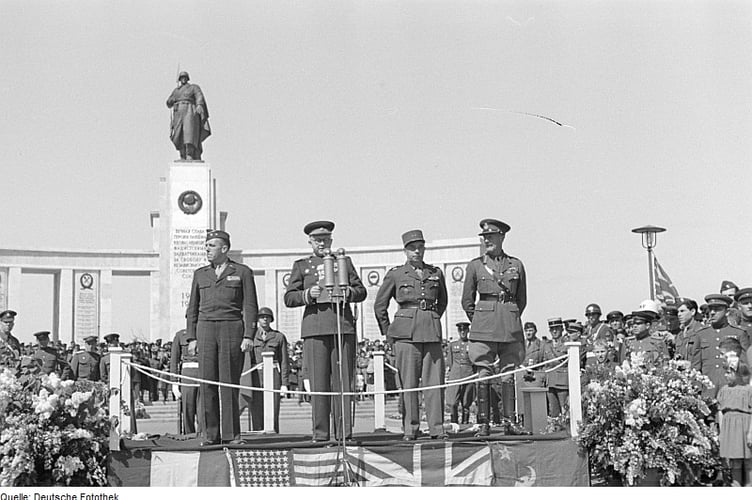
Coming back to the award of the Legion of Merit; this was awarded in recognition of Eric Nare’s co-ordination of the allied forces in Italy.
It refers to Major General E P Nares’ “outstanding services in Italy from January to November 1944”, his setting “a fine example of Anglo-American cooperation” – often anticipating the needs of the American forces.
Also, to handling “intricate problems of great importance to the Allied cause… adroitly (and) speedily” and displaying “forceful competence” in managing “an area wherein representatives of nearly every allied nation served”.
A map of the burial plots in the Old Churchyard and some of the inscriptions on the monuments, recorded by the Farnham Centre of the West Surrey Family History Society, as well as information on the work of the Bourne Conservation Group, can be found on the group’s website www.bourneconservation.org.uk
Richard Sandars


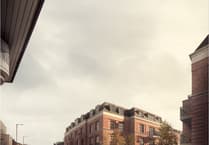
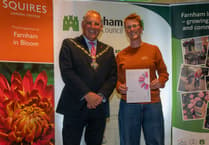

Comments
This article has no comments yet. Be the first to leave a comment.